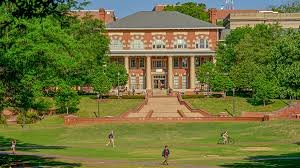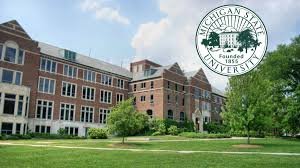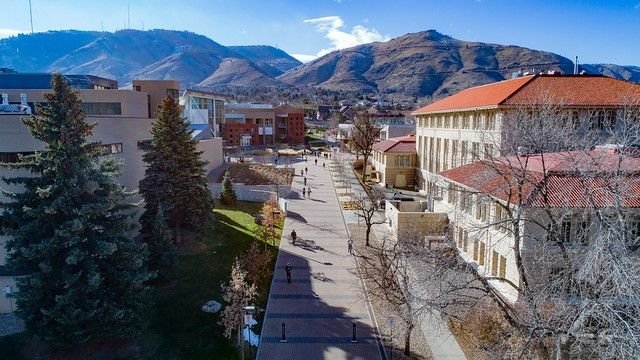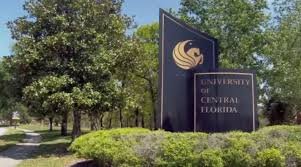Can Green Anoles Regrow Limbs – 5 Stages of Regeneration
If you own a green anole you must be wondering can green anoles regrow limbs? As an owner of green anoles, I’m excited to introduce the intriguing topic of limb regeneration in these amazing reptiles.
The question “Can green anoles regrow limbs?” sparks curiosity. Limb regeneration is a natural ability of some organisms to regrow lost or damaged body parts.
In the case of green anoles, they possess the incredible ability to regenerate their tails, but their ability to regrow limbs like legs is limited or non-existent.
Can Green Anoles Regrow Limbs
As an owner of green anoles, I can answer the question: Can green anoles regrow limbs? While green anoles possess the amazing ability to regenerate their tails, unfortunately, they cannot regrow limbs like legs.
Green anoles have the remarkable power to regrow their tails if they happen to lose them due to a predator or self-amputation (tail autotomy).
However, when it comes to limbs, such as legs, the regenerative ability is limited or absent. The focus of their regenerative capabilities lies primarily in tail regeneration.
This unique feature of tail regrowth makes green anoles fascinating creatures to observe and care for. So, while they cannot regrow limbs naturally, the ability to regenerate their tails is an impressive adaptation that showcases their remarkable nature.
Based on my experience as a green anole owner, let’s discuss the difference in regeneration ability between young green anoles and adults.
Here are the key points:
- Young green anoles generally have a higher regeneration ability compared to adults.
- Their young age and active growth contribute to their enhanced regenerative potential.
- The regenerative capacity gradually decreases as green anoles mature.
- The ability to regrow limbs, specifically legs, is limited or absent in both young and adult green anoles.
- While tail regeneration is more common in green anoles of all ages, it is still more robust in younger individuals.
Do Green Anoles Eat Their Babies? – 3 Reason You Should Check
Overall, while young green anoles exhibit a higher regeneration ability compared to adults, it’s important to note that limb regeneration is generally limited or non-existent in both age groups.
How can Green Anoles Regenerate their Limbs ?
As a green anole owner, I am fascinated by their regenerative abilities. Green anoles, like some reptiles, possess a remarkable capacity to regenerate their limbs.
While green anoles cannot regrow limbs like legs, they can regenerate their tails. When a green anole’s tail is lost or voluntarily shed through a process called autotomy, a specialized regeneration process is initiated.
The site where the tail was lost forms a regeneration bud, which gradually develops into a new tail with vertebrae and muscles.
Do Green Anoles Brumate – 5 Signs of Brumation in Green Anole During Winter
This regrowth process is facilitated by specialized cells that divide and differentiate to form the structures of the new tail. However, it’s important to note that limb regeneration in terms of legs is limited or absent in green anoles.
Nonetheless, the ability of green anoles regrow tails naturally showcases the incredible regenerative capabilities found in some reptiles.
Stages of Tail Regeneration in Green Anoles
During tail regeneration in green anoles, several stages occur:
- Formation of Regeneration Bud: After tail loss, a specialized group of cells called the blastemal cells form a regeneration bud at the site of the amputation. These cells are crucial for the growth of new tissues.
- Blastema Development: The regeneration bud develops into a blastema, a cluster of undifferentiated cells capable of developing into various tissue types.
- Tissue Differentiation: The blastemal cells differentiate into specific tissues, such as muscles, cartilage, and blood vessels, gradually forming the structure of the new tail.
- Tail Growth: As the tissues differentiate, the new tail begins to grow outward, extending from the stump of the original tail.
- Tail Reformation: Over time, the regenerated tail becomes structurally similar to the original tail, although it may exhibit some differences in appearance.
These stages of tail regeneration highlight the remarkable ability of green anoles to regrow their tails naturally.
However, it is important to note that this regeneration ability is specific to the tail and does not extend to the regrowth of limbs like legs.
Importance of Proper Nutrition and Healthy Environment in Supporting Limb Regeneration
Proper nutrition and a healthy environment play vital roles in supporting limb regeneration in green anoles. Here are the key points:
- Nutritious Diet: A balanced diet rich in essential nutrients, such as calcium and protein, provides the building blocks for tissue regeneration.
- Adequate Hydration: Sufficient water intake ensures hydration and supports overall physiological functions, including tissue regeneration.
- Clean and Suitable Habitat: A clean and well-maintained environment reduces the risk of infections and promotes optimal healing.
- Temperature and Humidity: Maintaining appropriate temperature and humidity levels mimicking their natural habitat aids in the overall health and healing process.
- Stress Reduction: Minimizing stress factors, such as sudden temperature fluctuations or overcrowding, helps create a conducive environment for regeneration.
Can Green Anoles Eat Grapes – Is It Harmful ?
By prioritizing these factors, owners can support the natural regenerative abilities of green anoles, particularly in tail regrowth, and enhance their overall well-being.
Limitations Surrounding Limb Regeneration in Green Anoles
While green anoles have the ability to regrow their tails, scientific research suggests that limb regeneration, such as to regrow legs, is limited or non-existent in green anoles. Here are the key points regarding the limitations and scientific research:
- Limited Limb Regeneration:
- Unlike tail regeneration, green anoles do not possess the natural capability to regrow limbs like legs.
- Scientific Research:
- Studies have focused primarily on tail regeneration in green anoles, exploring the cellular and molecular mechanisms involved in this process.
- Tissue Regeneration Differences:
- The regenerative ability in different body parts of green anoles can vary significantly.
- While tail regeneration is well-documented, limb regeneration remains an area of limited understanding.
- Factors and Limitations:
- The specific factors and mechanisms governing limb regeneration in green anoles have not been fully elucidated.
- It is unclear why limb regeneration is limited, and further research is needed to better comprehend this process.
Although green anoles exhibit impressive tail regeneration abilities, limb regeneration, particularly to regrow legs, is not naturally observed in these reptiles.
To Wrap Up
You must have got your answer to can green anoles regrow limbs? In summary, the blog explored the topic of limb regeneration in green anoles, specifically addressing their ability to regrow limbs.
While green anoles can regrow their tails naturally, the blog highlighted that limb regeneration, particularly in terms of legs, is limited or absent. It discussed the stages of tail regeneration and factors influencing the process.
The blog acknowledged the scientific research surrounding limb regeneration and emphasized the importance of tail autotomy as a defense mechanism.
Overall, while green anoles possess impressive regenerative abilities for their tails, limb regeneration remains restricted, showcasing the unique nature of their regenerative capabilities.
Read More:
Can Green Anoles Change Color – Can Green Anoles Camouflage
Do Green Anoles Need a Heat Lamp – Their Temperature & Lighting Requirement










One thought on “Can Green Anoles Regrow Limbs – 5 Stages of Regeneration”